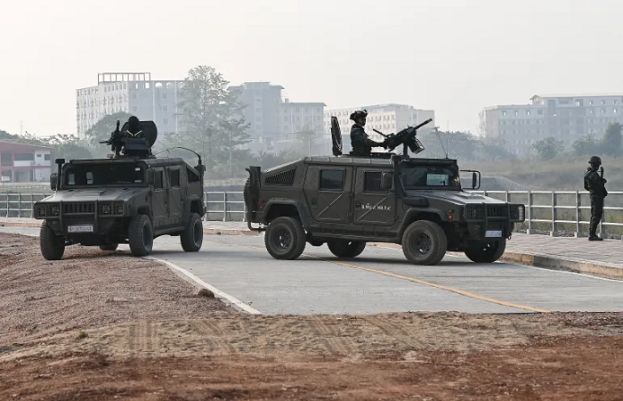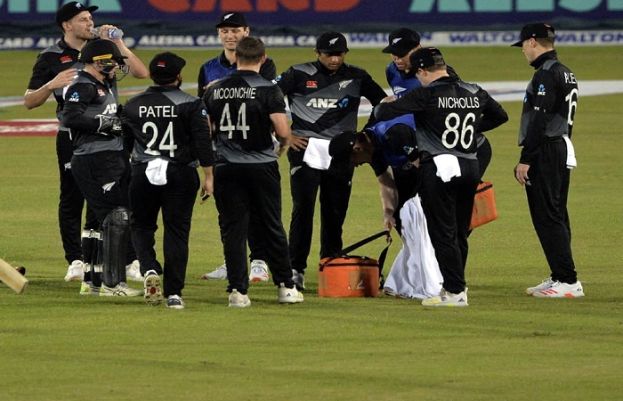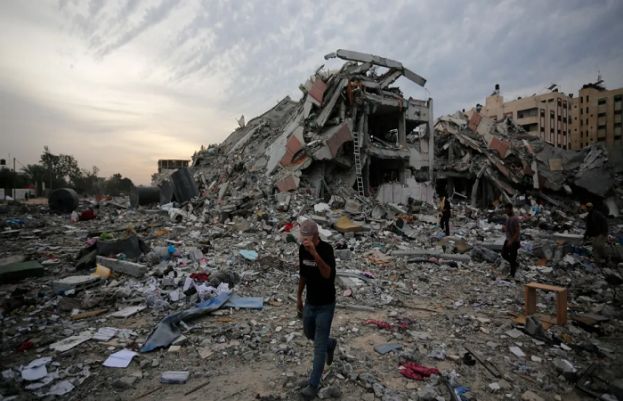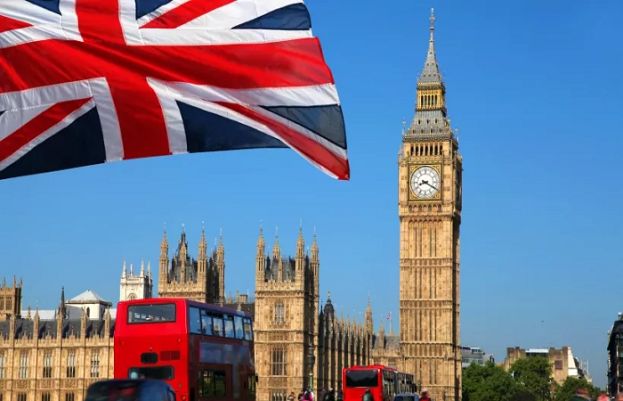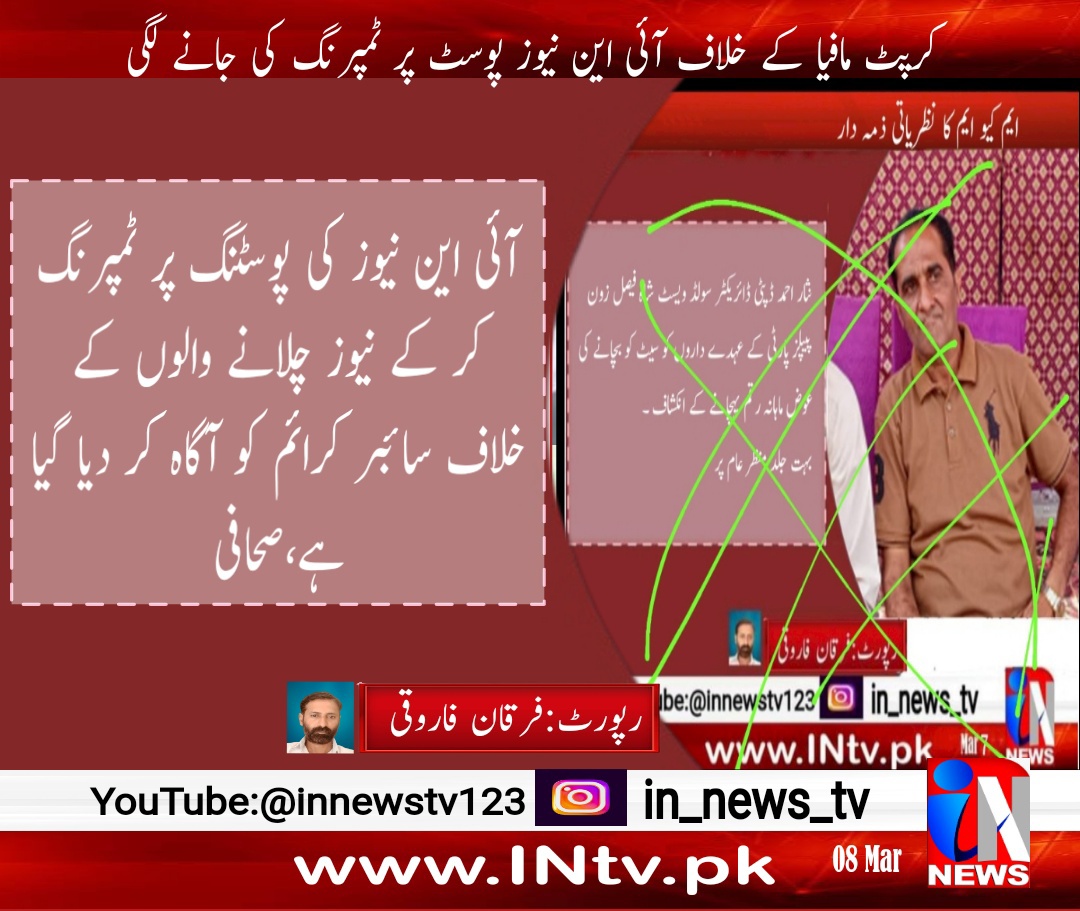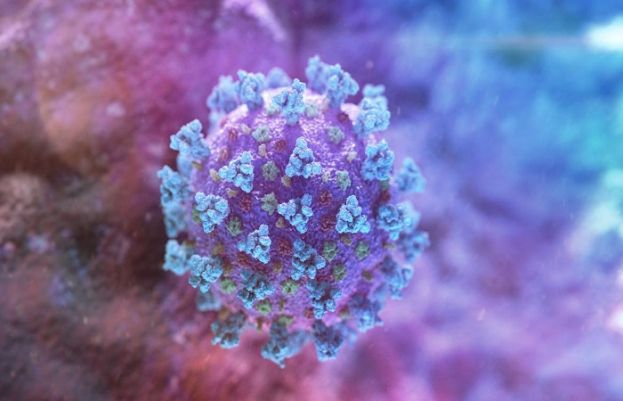
Right now, stay-at-home orders are being used worldwide to minimize the potential for people infected with the novel coronavirus to spread it. When restrictions are lifted and normal activities resume, extensive contact tracing will be needed to prevent new outbreaks.
Here’s what you need to know about contact tracing:
First, public health investigators find out everyone an infected person has seen, and everywhere that person has gone over the previous several days.
“Almost every infection has a period of time during which a person with the infection is considered contagious,” said Dr. Prathit Kulkarni, from Baylor College of Medicine in Houston. “Contact tracing is the process of figuring out who was in enough contact with the person during the time they were infectious that they may have been exposed.”
If investigators find people with symptoms, they may ask them to self-quarantine for two weeks and provide a rundown of contacts. People without symptoms may also be asked to self-quarantine and may be monitored to see if they remain symptom-free.
While stay-at-home orders are in place, infected people do not come in contact with many others. In San Francisco, for example, each new case only has about five contacts who need tracing, said Dr. George Rutherford from the University of California San Francisco, who is working with the city to track people with new coronavirus infections.
But once people return to school and work, each infected person could easily come in contact with 1,000 others, he said.
“This is the first line of defense against coronavirus once things open up again,” Rutherford said.
Hundreds of thousands of investigators will be needed to do contact tracing in the United States once stay-at-home orders lift, Rutherford said.
Some disease investigators are already on the job at the federal Centers for Disease Control and Prevention and state and local health departments, but they only make up about one-tenth of what is needed. The rest of the investigators might be some combination of recent graduates from public health programs, volunteers, and librarians or other government workers who have been furloughed.
Extensive testing will also be needed to identify infected people, says Dr. Ranu Dhillon of Brigham and Women’s Hospital and Harvard Medical School in Boston.
“Robust testing and contact tracing … will be essential for keeping COVID-19 transmission contained and from again spiraling out of control,” Dhillon said. COVID-19 is the respiratory disease caused by the coronavirus.




